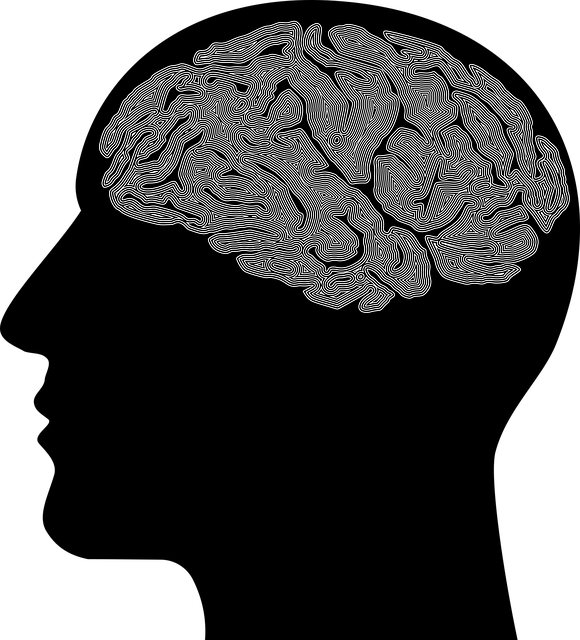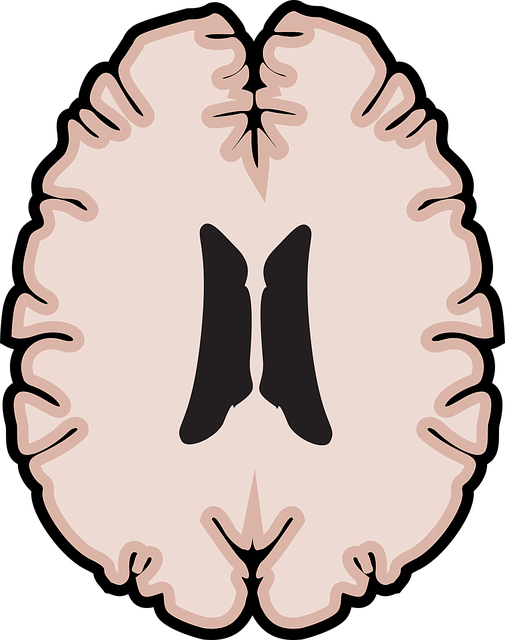Castle Rock ADD-ADHD Therapy employs a comprehensive, holistic approach to risk assessment and harm minimization, prioritizing client safety and well-being. Therapists integrate Compassion Cultivation Practices (CCP), mindfulness, and cultural sensitivity to create a healing environment that empowers individuals managing ADHD complexities. This individualized approach includes mental wellness coaching, self-care practices, and boundary setting to enhance coping mechanisms, focus, and relationships. Continuous monitoring and adjustment ensure tailored treatment plans based on client feedback, fostering positive outcomes while encouraging proactive mental health management.
In the realm of Castle Rock ADD-ADHD therapy, robust risk assessment and harm minimization planning are paramount. This comprehensive guide delves into the crucial aspects of identifying potential hazards, tailoring individualized strategies, and implementing safety measures to ensure a secure therapeutic environment. Understanding these principles is essential for fostering effective treatment outcomes while safeguarding clients throughout their journey. By integrating continuous monitoring and adjustments, therapists can revolutionize care, making it a game-changer in Castle Rock’s mental health landscape.
- Understanding Risk Assessment: Identifying Potential Hazards in ADD-ADHD Therapy
- The Importance of Harm Minimization Planning for Castle Rock Clients
- Individualized Risk Evaluation: Tailoring Strategies for Every Patient
- Implementing Safety Measures: Creating a Secure Environment for Therapy
- Continuous Monitoring and Adjustment: Ensuring Client Safety Through Feedback Loops
Understanding Risk Assessment: Identifying Potential Hazards in ADD-ADHD Therapy

In the realm of Castle Rock ADD-ADHD Therapy, understanding risk assessment is paramount to ensure safe and effective treatment. Risk assessment involves a meticulous process of identifying potential hazards and evaluating their likelihood and impact. Therapists must consider not just the symptoms of ADHD but also co-occurring conditions, medication interactions, and environmental factors that could contribute to adverse outcomes. By proactively navigating these risks, mental health professionals can foster a compassionate environment that cultivates both healing and growth.
One crucial aspect in this process is integrating Compassion Cultivation Practices (CCP) into therapy sessions. CCPs not only enhance the therapeutic relationship but also equip individuals with stress management strategies, thereby reducing potential triggers and promoting resilience. Through a holistic approach that incorporates risk assessment alongside compassion-focused techniques, Castle Rock ADD-ADHD Therapy can offer tailored interventions, minimizing harm and maximizing positive outcomes for clients navigating the complexities of ADHD.
The Importance of Harm Minimization Planning for Castle Rock Clients

For clients at Castle Rock seeking ADD-ADHD therapy, harm minimization planning is an indispensable component for ensuring safe and effective treatment. This proactive approach acknowledges that mental health journeys can be complex and dynamic, requiring tailored strategies to mitigate potential risks and promote positive outcomes. By integrating mindfulness meditation, compassion cultivation practices, and cultural sensitivity in mental healthcare practice, Castle Rock’s therapists empower clients to navigate challenges with enhanced coping mechanisms and self-awareness.
This comprehensive harm minimization planning involves identifying individual needs, setting clear boundaries, and developing crisis management strategies. It equips clients with tools to manage stress, improve focus, and foster healthier relationships, thereby enhancing their overall well-being. Through this process, Castle Rock Clients gain a sense of agency, enabling them to actively participate in their treatment journey and achieve lasting progress.
Individualized Risk Evaluation: Tailoring Strategies for Every Patient

In the realm of Castle Rock ADD-ADHD Therapy, individualized risk evaluation is a cornerstone of comprehensive harm minimization planning. Each patient’s unique needs and challenges demand tailored strategies that go beyond one-size-fits-all approaches. Therapists at Castle Rock meticulously assess various factors—including psychological, social, and environmental influences—to understand the intricate web of risks specific to each individual. This process involves delving into personal history, current life circumstances, and symptom manifestations, enabling therapists to design interventions that address core issues effectively.
By incorporating Mental Wellness Coaching Programs Development and Self-Care Practices alongside Compassion Cultivation Practices, Castle Rock ADD-ADHD Therapy ensures a holistic approach. These integrated strategies empower patients with the skills needed to navigate challenges, foster resilience, and promote mental wellness. Through individualized risk evaluation, therapists at Castle Rock aim not only to mitigate potential harms but also to transform lives by enhancing overall well-being and quality of life for every patient.
Implementing Safety Measures: Creating a Secure Environment for Therapy

Implementing safety measures is a cornerstone of creating a secure environment for therapy at Castle Rock ADD-ADHD Therapy. This involves more than just physical security; it encompasses strategies that foster emotional safety and promote healthy communication. Therapists are trained to establish clear boundaries, ensuring clients feel respected and heard throughout the healing process. By incorporating effective communication strategies, therapists create a non-judgmental space where individuals can openly discuss their experiences, fostering emotional healing processes that are fundamental to successful therapy.
In addition to these measures, burnout prevention strategies for healthcare providers are integrated into the therapeutic framework. Recognizing the demanding nature of the work, therapists at Castle Rock ADD-ADHD Therapy prioritize self-care and professional development to maintain a high level of well-being. This not only ensures the best possible care for clients but also fosters a supportive and sustainable therapeutic environment.
Continuous Monitoring and Adjustment: Ensuring Client Safety Through Feedback Loops

Continuous monitoring and adjustment are vital components of effective risk assessment and harm minimization planning in Castle Rock ADD-ADHD Therapy. By implementing robust feedback loops, therapists can ensure client safety while fostering positive outcomes. This involves regular check-ins where clients share their experiences, progress, and any challenges faced during therapy. The data collected from these sessions allows therapists to adjust treatment plans accordingly, tailoring interventions to meet individual needs.
Additionally, continuous monitoring encourages clients to develop self-care routines for better mental health, encompassing practices such as mood management techniques and integrating self-care into their daily lives. This proactive approach not only enhances overall well-being but also strengthens the therapeutic bond between client and therapist, creating a supportive environment conducive to growth and healing.
In conclusion, implementing robust risk assessment and harm minimization planning in Castle Rock ADD-ADHD therapy is paramount for ensuring client safety and fostering positive outcomes. By meticulously identifying potential hazards, tailoring individualized strategies, implementing comprehensive safety measures, and continuously monitoring progress, therapists can create a secure environment that promotes growth and well-being for every patient. This systematic approach not only minimizes risks but also enhances the overall effectiveness of therapy, making it a cornerstone of quality care in Castle Rock.














